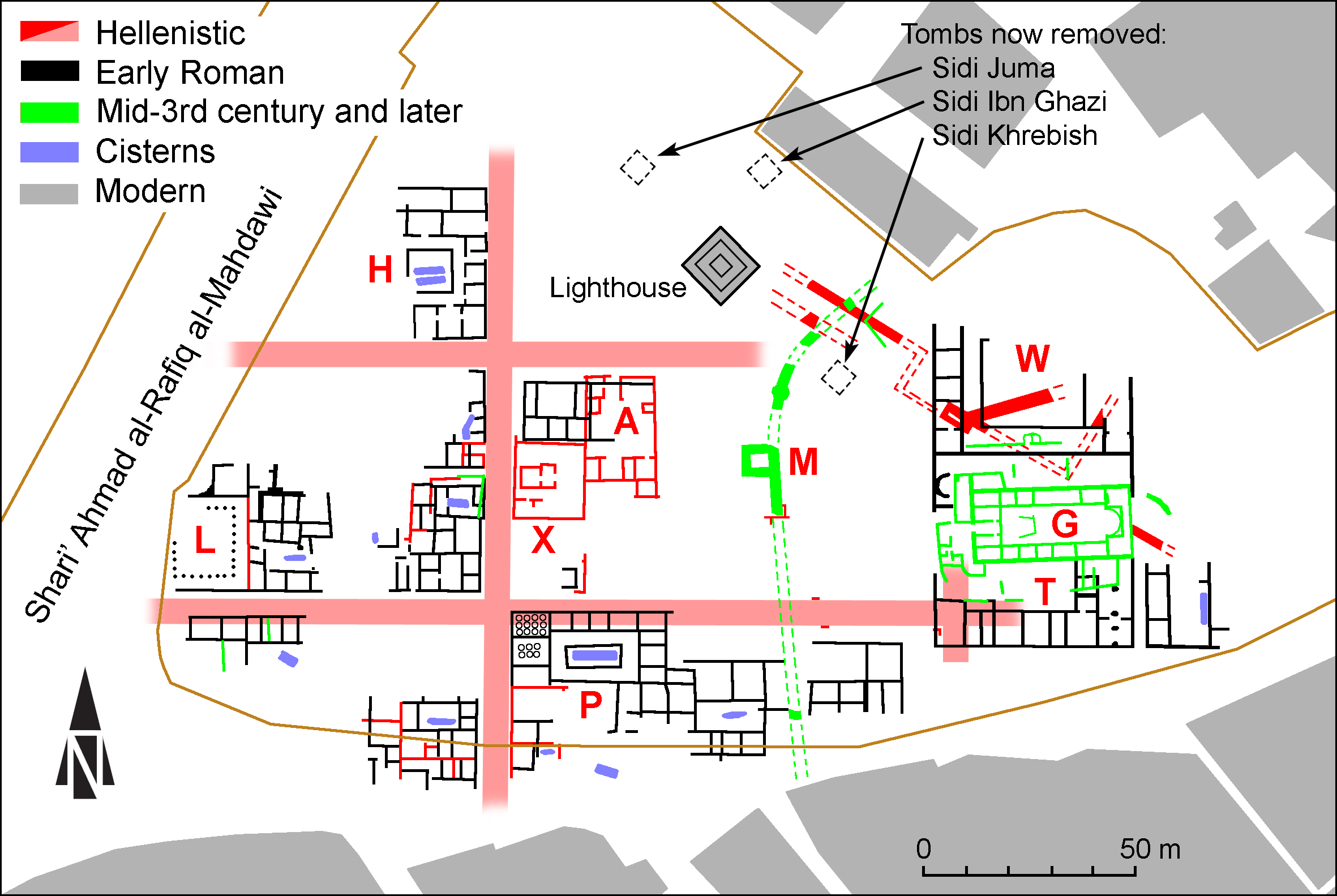EpiDoc XML:
IGCyr1113002
Trismegistos ID:
738644
Source description
Support: Stone ball from a series of twenty-three, some of limestone, others of sandstone; chipped (weight 3.05 kg; diameter 0.15).
Layout: Inscribed with one letter and perhaps another one, not contiguous.
Letters: 0.035.
Date: Between 246 and end of second century BC (context).
Findspot: Found during the excavations (1973-1975) conducted by J. Lloyd at Berenike ➚: in the area of Hellenistic city walls.
Place of origin: Findspot.
Last recorded location: Benghazi Museum (Sidi Khrebish excavations), H410. Not seen by IGCyr team.
Text constituted from: Transcription from editors.
Bibliography
Reynolds 2010, pp. 226-228, whence SEG, 60.1832; IGCyr 111300 ➚. Cf. Lloyd – Kenrick 2014, p. 138, whence SEG, 64.2013; Reynolds – Kenrick 2015, pp. 76-81.
Text
Apparatus
b.1: Perhaps no letter, but a stroke cut in the course of shaping the ball
French translation
a) Un. b) Dix (?).
English translation
a) One. b) Ten (?).
Italian translation
a) Uno. b) Dieci (?).
Commentary
Known through a much delated publication, the balls are not easily individuated. However, J.M. Reynolds was able to show that the letters are not related to the weight of the balls and might indicate "a numbered military position of machine" from which it was projected. In any case, it cannot be the initial of a personal name, for IGCyr1113302 bears a digamma, proving that the letters have a numeral value.
The date for all the balls should be between the foundation of Berenike (246 BC) and phase 2 of the Hellenistic city-wall (end of second century BC).
CC BY-NC-SA 4.0 Deed Attribution-NonCommercial-ShareAlike 4.0 International License.
All citation, reuse or distribution of this work must contain a link back to DOI: https://doi.org/10.60760/unibo/igcyrgvcyr2 and the filename (IGCyr000000 or GVCyr000), as well as the year of consultation.
